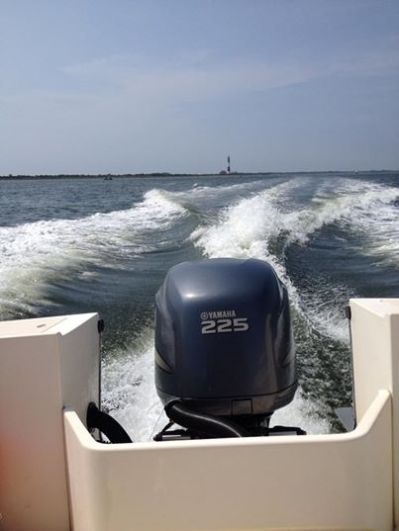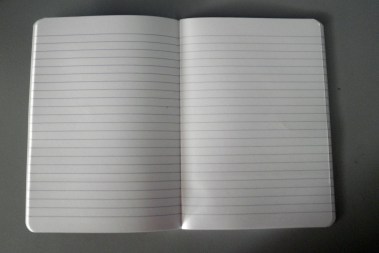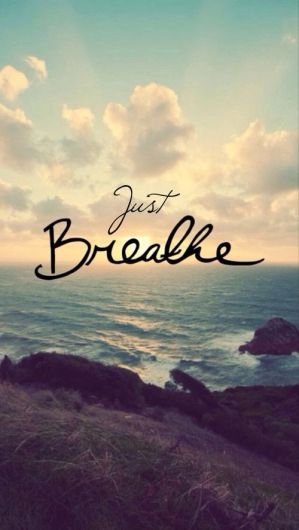Living life in slow motion….. or NOT. This week got away from me. The pace in the classroom was too rushed. I felt like my directions and lessons were more fragmented. And because it was a short week, the students made me question if there was a full moon.
So how do I get my classroom Zen back? Good question. I have been thinking about it for the last two days. One book I have been reading is Essentialism: The Disciplined Pursuit of Less by Greg McKeown. When the train appears to be leaving the train station without me, I often realize it, right after the train has left. My goal is to begin recognizing the signs as they occur and not after my students walk out the door. One sign that should trigger the bell in my head is when I start getting frustrated that my students are not moving quickly enough, or transitioning easily, from one task to another, – so I can “get through” my lesson. My annoyance increases as the moments tic tock away, while students retrieve forgotten books from lockers, find lost papers, copy a definition………. tic tock, tick tock, tic tock. As a counter rhythm, my foot is tap, tap, tapping. Before long, I have a whole musical hoedown going on in my head…. and the tempo is increasing.
Some things I know will help keep the calm, peaceful classroom I strive for, are very simple. I have to remember to use them or all they become are tools in a toolbox. Super simple tools – Plan less and recognize that everything takes longer than you think; especially at the beginning of the year as students become accustomed to the routines. Keep extra copies of books in the classroom so students don’t have to hike to Bolivia to get their novel from their locker. Make supplies easily available for the same reason – pencils, erasers, glue sticks. Whenever possible, have notes already printed out so students don’t have to spend so much valuable time copying notes. Strategically place “dawdling” students in between those who appear to have pep in their step and are less prone to chatter. Use Promethean flipcharts to drive the direction of the lesson so students can see what they should be doing and not depending on the fact that they heard me…….the first three times (obviously not).
Finally, I need to repeatedly remind myself that not everything I do in the classroom is essential. It is critical to keep asking myself, “What do I value?” If I value Free Choice reading and it addresses the standards, then that should be what I consider to be most important. If the focus is vocabulary then……. do that, but don’t be so zealous to bring in similes because it is a teachable moment. It is important to keep referring back to the objective or key point of the lesson, both for the students and teacher. Knowing what is essential helps to slow things down and keeps me focused on how I am utilizing those 42 very short minutes of class.






